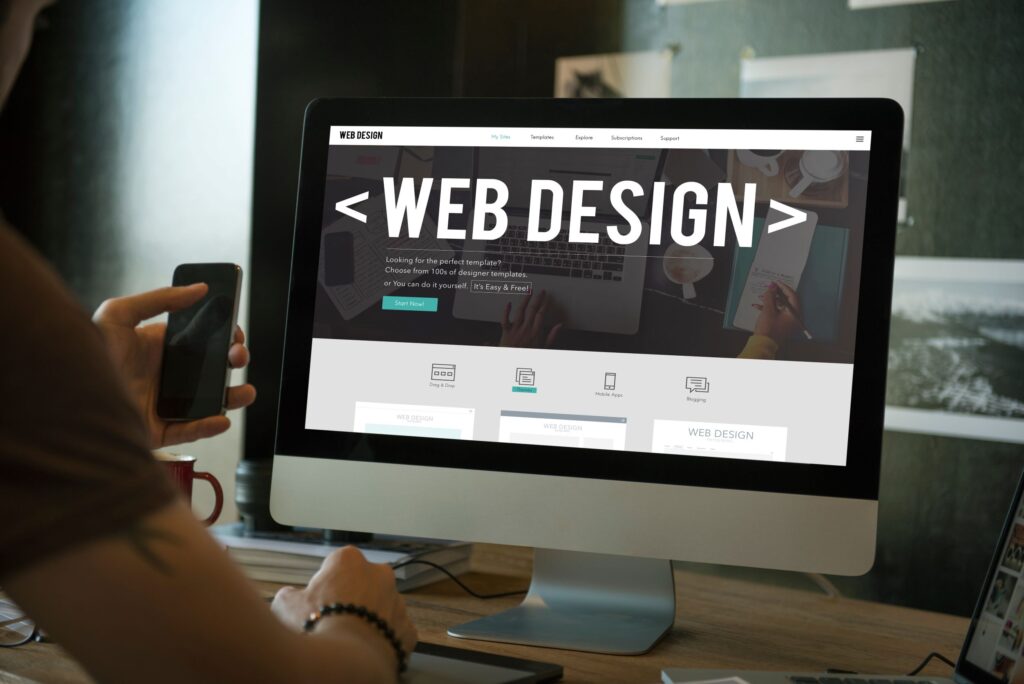
The Cheeky Monkey Media Blog
A few words from the apes, monkeys, and various primates that make up the Cheeky Monkey Super Squad.

How to Nail the Perfect Web Design Brief
 November 2, 2022 / Ashley Olsen
November 2, 2022 / Ashley Olsen
As a web designer, you’re probably no stranger to the design brief. This document is essential to the success of any web design project – it outlines the client’s needs and expectations and provides a roadmap for the project.
Unfortunately, not all design briefs are created equal. In fact, many briefs are so poorly written that they do more harm than good. On the other hand, a great design brief can be the difference between a successful project and a complete disaster.
So, what makes a great design brief? Here are a few tips:
1. Start with the basics 
Before you even start writing the brief, you need to make sure you have all the basic information about the project. This includes the project name, the client’s name and contact information, the project timeline, and the budget.
If you have all of this information, you’re off to a good start. If not, make sure you get it before you start writing the brief.
2. Define the project’s goals
What is the primary goal of the project? Is the client looking to increase sales, generate leads, or build brand awareness?
Be as specific as possible when defining the project’s goals. This will help you stay on track and create a website that meets the client’s needs.
3. Identify the target audience
Who is the website for? What are their needs and expectations?
Defining the target audience is essential to creating a successful website. If you don’t know who the website is for, you won’t be able to create a user-friendly interface or design a user experience that meets their needs.
4. Outline the project’s requirements
What does the client need the website to do? Do they need a simple website with a few pages or a complex website with eCommerce functionality?
Be sure to get a complete list of the project’s requirements before you start writing the brief. This will ensure that you don’t forget anything important.
5. Set realistic expectations
It’s important to set realistic expectations for the project. This includes the budget, the timeline, and the scope of the project.
If the client’s expectations are unrealistic, it will be difficult to deliver a successful project. Be honest with the client from the start, and you’ll be more likely to end up with a happy customer.
 6. Write a clear and concise brief
6. Write a clear and concise brief
Once you have all the information you need, it’s time to start writing the brief. Be sure to keep it clear and concise – no one wants to read a long, rambling document.
Include all the essential information, but don’t try to include everything. The brief should be a high-level overview of the project, not a detailed specification.
7. Get feedback from the client
Once you’ve written the brief, it’s important to get feedback from the client. They may have some suggestions or changes that you need to incorporate.
Getting feedback early on will help ensure that the final product meets the client’s needs and expectations.
8. Use templates
There’s no need to start from scratch when writing a design brief. There are plenty of great templates available online, like this one from InVision.
Using a template will help you save time and ensure that you don’t forget anything important.
Writing a great design brief doesn’t have to be complicated. Just follow these tips, and you’ll be on your way to creating a document that will help ensure the success of your next web design project.
Need professional help? Contact the monkeys at [email protected] or call 1.888.824.3359
 6. Write a clear and concise brief
6. Write a clear and concise brief